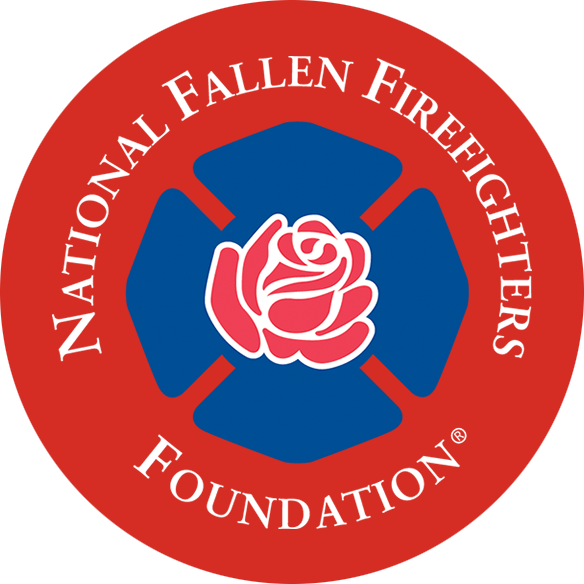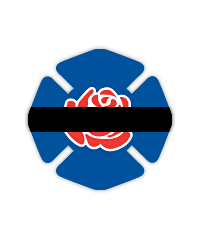Incident Date:
November 25, 1956
Department:
U.S. Forest Service, Cleveland and Shasta-Trinity National Forests and the Viejas Honor Camp
Number of Line-of-Duty Deaths:
11
Shortly after 8:00 pm on November 25, 1956, with the Inaja Fire already ablaze, four U.S. Forest Service firefighters, 13 inmate firefighters, and a corrections officer were working to build a trail in San Diego River Canyon’s Cleveland National Forest. On a ridge just 1,000 feet below the crew, the fire had flared up and was moving toward them.
Seeing its rapid progression, the scraper crew boss on the canyon rim issued two warnings in quick succession for the crews to evacuate the area. But the fire moved quickly uphill, cutting off the escape for part of the crew.
- One U.S. Forest Service firefighter and six inmate firefighters escaped without injury.
- Eleven who were trapped in the flashover died—including seven inmate firefighters, three U.S. Forest Service firefighters, and the corrections officer.
The Origin and Progression of the Inaja Fire
The Inaja Fire was set by a 16-year-old boy on the Inaja Indian Reservation at 9:10 am on Saturday, November 24, 1956. He later told investigators, “I just got a mad, crazy idea to do it. I threw a match in the grass to see if it would burn.” The fire was quickly spotted by lookouts at 9:15 am—and a crew of three arrived with a tanker at 9:25 am to control the fire. Realizing that they could not control it alone, additional crews and resources were dispatched. By 5:00 pm that night, the fire had already burned 25,000 acres and threatened at least 100 homes nearby. On the second day of the fire, the fire slowly advanced up the steep hills against along the ridges in the dry San Diego River Canyon. There were fire flare-ups along the small ridges in the canyon. The fire was burning more slowly on the east side of the canyon, where the fire burned into the wind, than on the west.- On the east, control lines were constructed with tractors.
- The crew then began to widen the trail by hand and start a patrol of 4-person tankers.
- Crews attempted twice to clear the trail from the top of the rim to a canyon by hand, but were evacuated as the trails were flanked by the main fire.
- In the afternoon, a third fire line was started from the canyon rim, and they cleared 1,000 feet before they were pulled from the area.
- One sector boss and one crew boss with 20 inmates were to burn out along the tractor-built line on the canyon rim and down the fire line.
- The other sector boss with three crew bosses, the correctional officer, and 13 inmates started to clear brush along the hand trail toward the riverbed.
Sunday Night: Warnings—and the Flashover
With the night crews in place, a tanker on the rim stretched a hose line to hold the fire. But a section of hose burst, losing some of the tank water, and by 8:00 pm they were out of water. The scraper crew boss gave his crew instructions and then proceeded to the rim of the canyon, as instructed by the sector boss, to see how the burning-out was progressing. When he reached the rim of the canyon, he saw that the main fire had flared up just 1,000 feet below his crew. He relayed a warning and crews began making their way back up the canyon, but at an unhurried pace. Two minutes later, he saw the fire running up to the main ridge where they were working, so he followed up with a more urgent warning. Two crew members who were closest to the rim escaped, and two more who were at the upper part of the fire line found a clearing below a rock bluff on the cleared line. Within a few minutes, five more who had been working lower made it to the clearing. Nine more made their way up the to the canyon rim—but were outrun on the right by the fire, which had crossed the cleared trail. Five crew members went left and struggled up a 15-foot bluff and ran another 75 feet to safety with the fire only feet behind them. As the fire reached the rim, the flashover occurred to the left, just below the small bluff. Eleven crew members were cut off on the small bluff when the flashover occurred. As the fire ran up the ravine it pushed gases, which exploded when it reached the rim. Observers and survivors confirmed the flashover, including two crew bosses on the opposite side of the main fire who observed it run up the ravine beside the ridge and up the trail near the top. Several firefighters and officers stayed with their crew, helping others to escape. One survivor was grateful for a fellow crew member who helped him climb over the rock bluff when he was too exhausted to continue.A Look at the Numbers
On the evening of Wednesday, November 28 —four days after it was set—the fire was finally brought under control. The Inaja Forest Fire has been called one of the greatest arrays of personnel and equipment ever assembled to fight a forest fire in San Diego County history.- A fleet of equipment was formed, including:
- Three helicopters
- Four air tanker planes
- Two scouting planes
- 27 bulldozers
- A fleet of 90 stake, tank, and pickup trucks
- Over 2,000 men fought the fire, including 1,300 under U.S. Forest Service supervision:
- 500 Native Americans from the local and Southwestern Region
- About 500 Navy personnel
- 200 inmates from San Diego County and State Honor Camps
- Other organized crews
In Memoriam
The Inaja Memorial Picnic Area was created on Highway 78, east of Santa Ysabel. It is part of the Inaja Trail, which is one of four San Diego trails that make up the larger National Recreation Trail. This memorial site features breathtaking views of the San Diego River Canyon, a family picnic area, and a stone monument to the eleven crew members who died.Remembering
Surely these men gave their lives in defense of this country, for without the strength of our forests, water, and other natural resources, this Nation would not be a leader in the free world today.
Richard E. McArdle, Chief, Forest Service, January 1957
Related
- National Wildfire Coordinating Group: 6 Minutes for Safety – 10 Standard Firefighting Orders
- National Wildfire Coordinating Group: 10 Standard Firefighting Orders, PMS 110
- National Wildfire Coordinating Group: Origin of the 10 and 18 – June 17, 1957
- U.S. Department of Agriculture Forest Service: Fallen Forest Service Employees & Fire Aviation Contractors
- U.S. Forest Service Spotlight: Inaja Trail
- U.S. Department of Agriculture Forest Service: The Inaja Forest Fire Disaster




